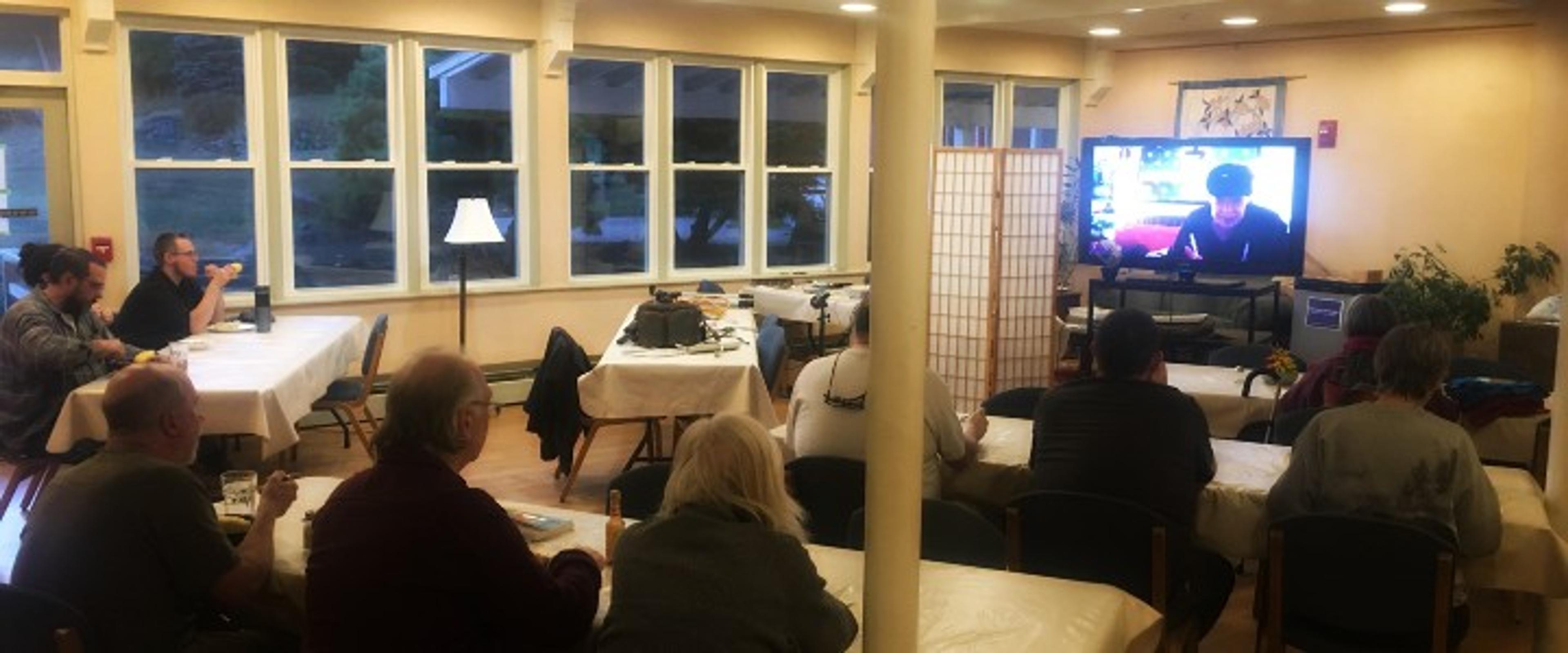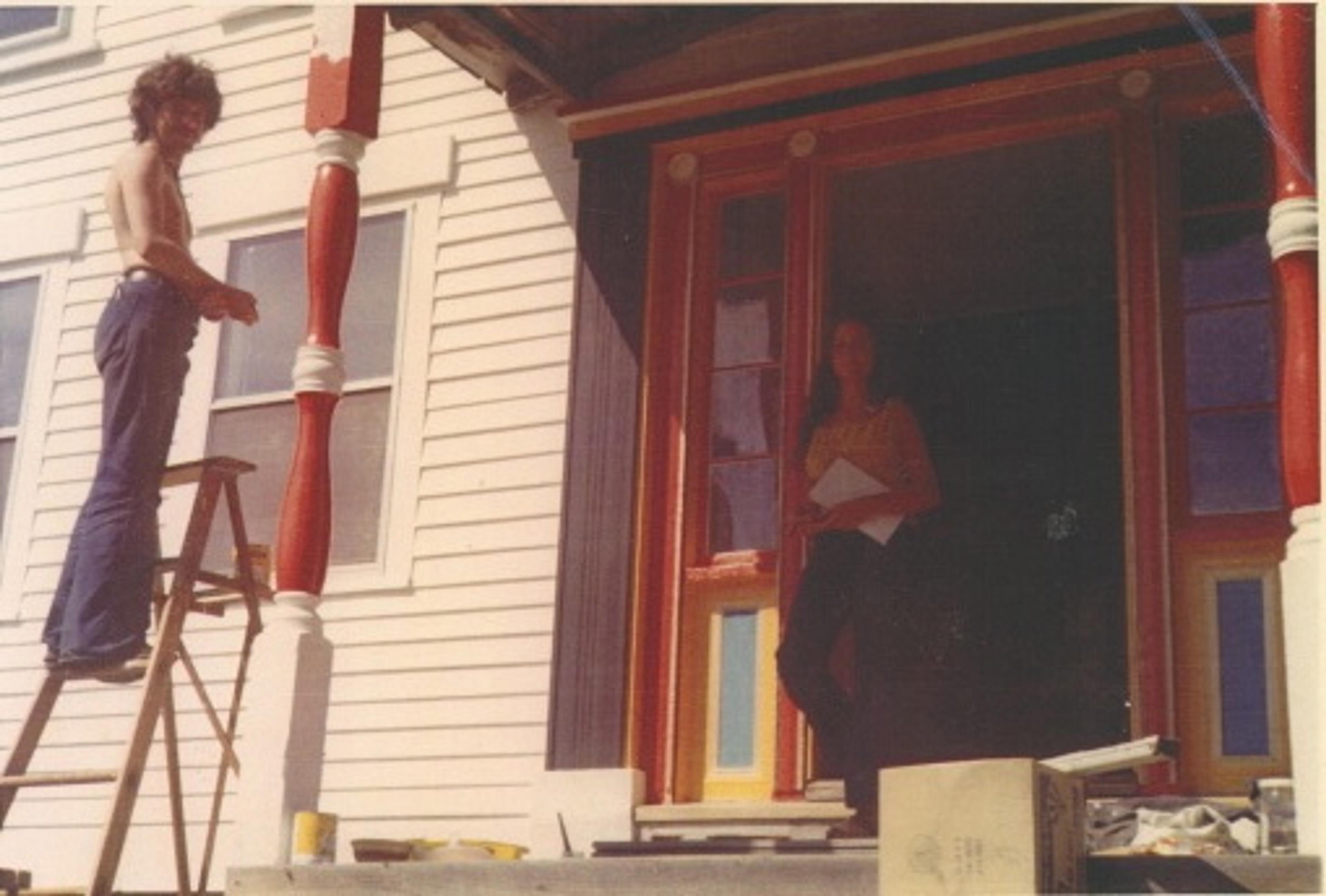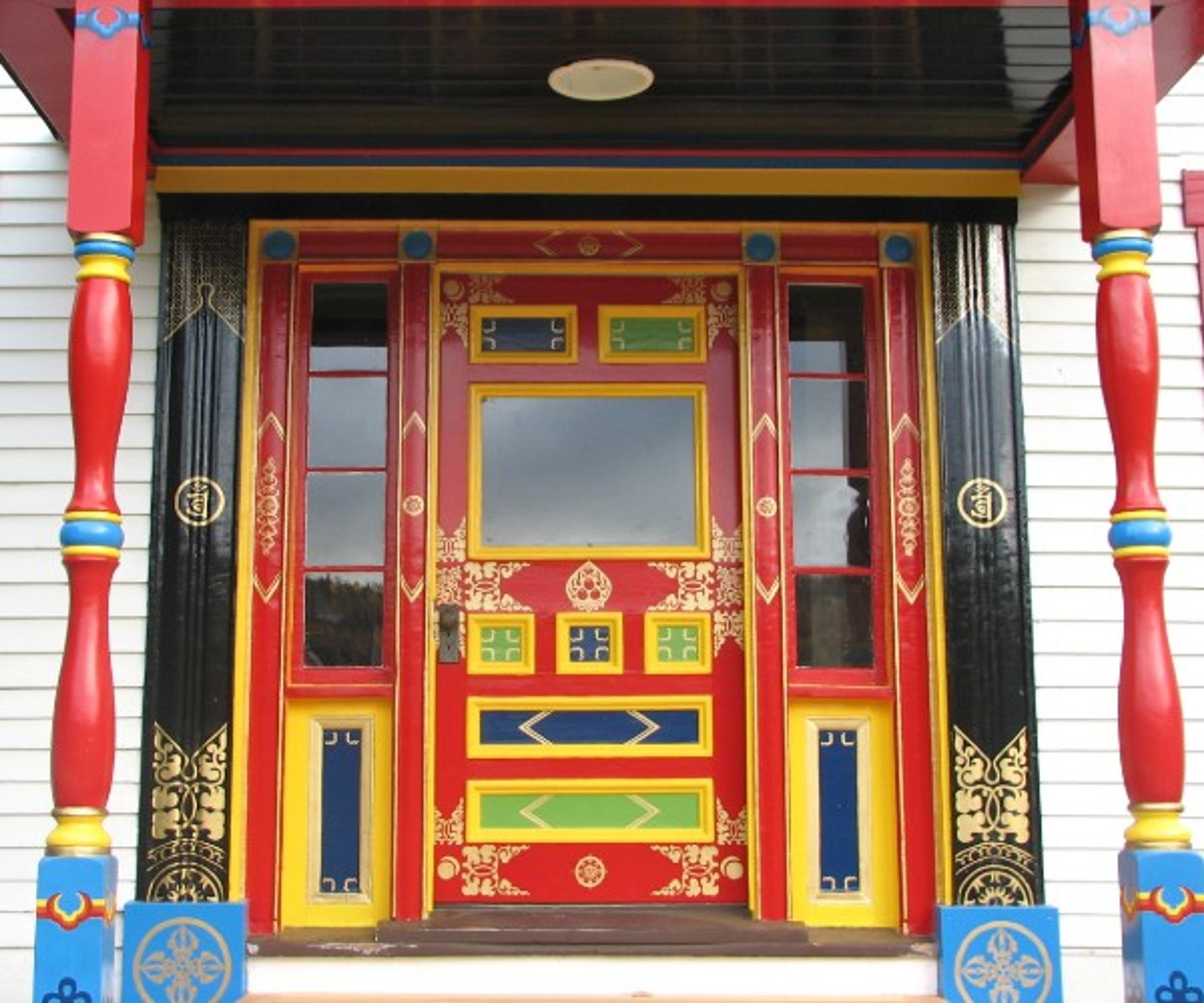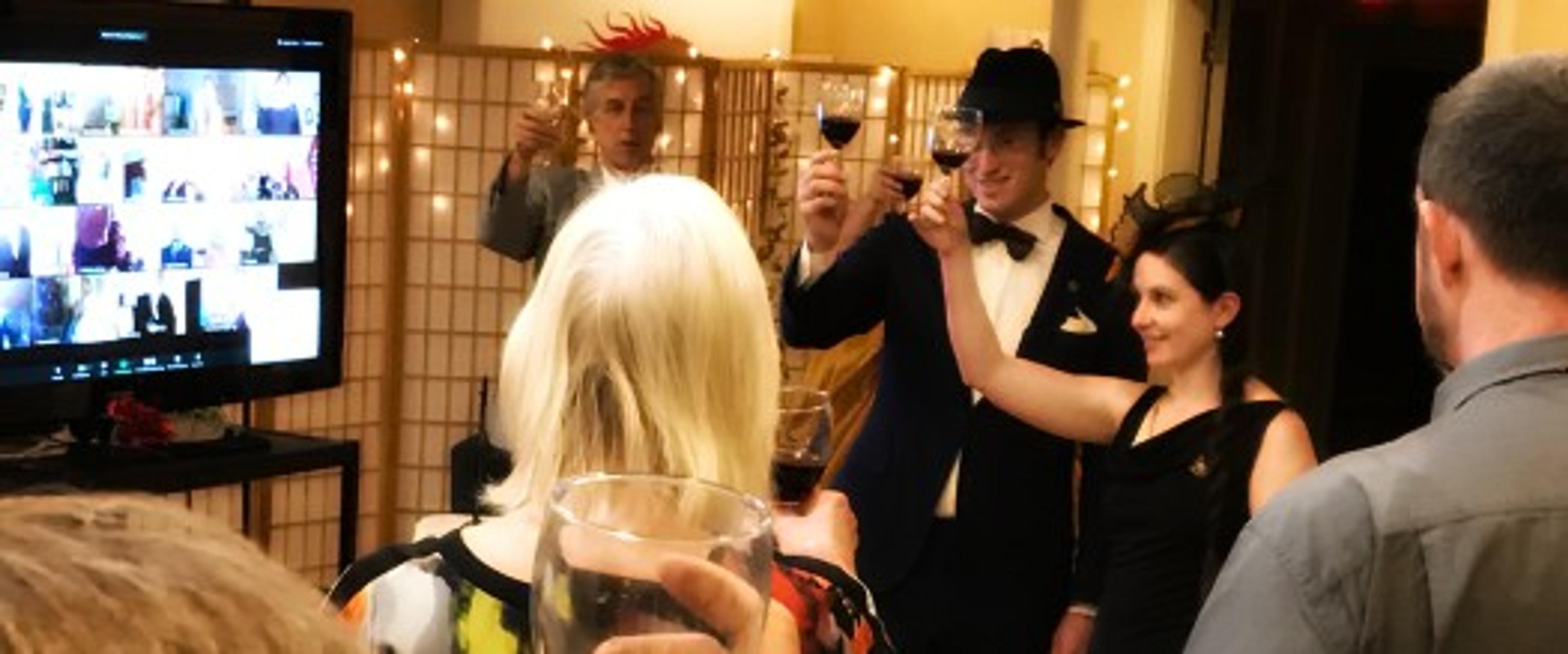
My second-favorite moment at Karmê Chöling’s 50th anniversary was a talk featuring Jack Niland, who described the magical circumstances of his arrival at Tail of the Tiger and his heart connection to Trungpa Rinpoche.
Key 0 in the mystical Tarot depicts a young man with all his possessions hanging from a stick, his gaze fixed on the heavens and his feet leading him off a cliff, into groundlessness.
I’ve never met Jack, but the young man who arrived in rural Vermont 50 years ago reminds me of this iconic innocent, dubbed by Tarot masters as “The Fool.”
Jack would eventually become a Western pioneer in visual dharmic arts, and would teach at Naropa University for 15 years. But as he knocked on what would, in the days to come, become the dharma door, Jack, like The Fool, had no idea what he was walking into.
The door opened, and with little preamble Jack was ushered into a meeting with Rinpoche, whom he had never met before.
“I’ve been waiting for you,” Rinpoche said.

Jack Niland created many of the visual elements of Trungpa Rinpoche’s presentation of dharma in the West, including this design for Karmê Chöling’s 100,000 Aspirations Stupa project.
Over the coming days, Jack had the opportunity to have long talks with Rinpoche as he painted and sanded the dharma door, according to Rinpoche’s instructions. They talked about the I Ching, sacred geometry, art, and the intricate shapes Jack saw when he closed his eyes. Rinpoche knew of everything Jack asked him about.
What was equally fascinating for me to witness were the others who showed up on Zoom, old friends and students of Jack’s who recalled their connection to Tail of the Tiger with what struck me as vibrant joy. In fact, all of the Zoom chats that I attended were like that — people reuniting, sharing experiences about Karmê Chöling, the friends they made, the practice they put in, the magic they experienced — and the difficult path of working with their minds.
It makes me think about the local sangha surrounding Karmê Chöling, and those among them who have stayed close to “home” since the days of Trungpa Rinpoche.
I’m wary of over-using the word “profound,” for fear of cheapening its meaning. But as a resident of Karmê Chöling for a piddly three years, the local sangha — both in and surrounding Karmê Chöling — has had a profound effect on my experience of this place. I’m grateful for the continuity they provide, their invisible assistance, their knowledge and love and their humanity — especially when I get discouraged in my practice or lose sight of the present because I’m wrapped up in the story of me, which is most of the time.
And that reminds me of my first-favorite thing about Karmê Chöling’s 50th, which thankfully took place out of Zoom’s camera angle. I had a meltdown. Hardly the most epic meltdown in the history of Karmê Chöling, but it took me by surprise, and was triggered by a simple look that I interpreted incorrectly and wove into something diabolical. I got a front-row seat to how mean and nasty and hurtful I can be when my mind runs amok with delusion.
As my beloved teacher used to say, “If you’re gonna dance with the devil, be sure to pick his pockets for all he’s got.” And, over the next day-and-a-half, two of my housemates, who did not witness the meltdown, casually checked in with me. They helped me unravel the experience, dig into its illusory nature, hinted about karma and kleshas, and helped me fleece the devil for what I could.
I can only imagine Karmê Chöling’s beginnings, and I enjoy hearing the stories about falling through space and into one’s life. But I’m a huge fan of the Karmê Chöling of the present, and especially the support of the sangha for an introvert like myself. If I live to be 106, perhaps I’ll see them at Karmê Chöling’s hundredth anniversary, and have stories to share, memories to remember, and hopefully not have a meltdown.
Was this helpful?
Share This




